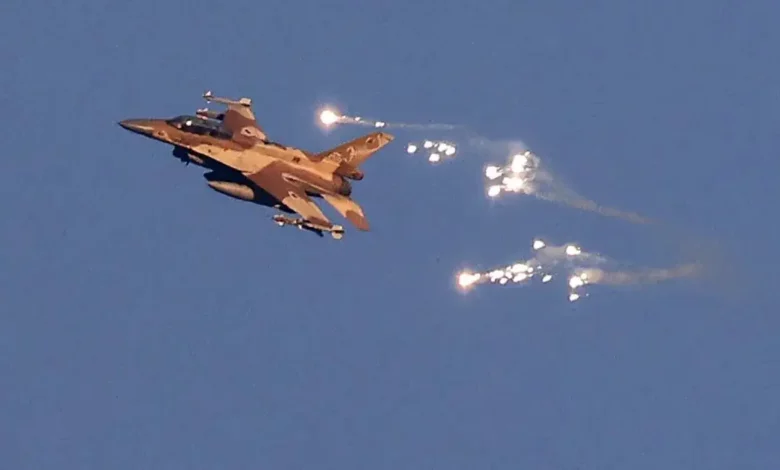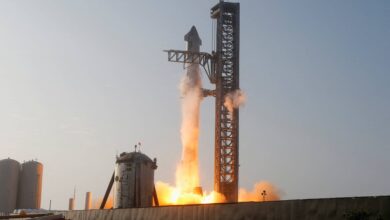
Israel attacks Iran: In total, 100 Israeli fighter planes bombed the installations in three rounds on 20 missile and drone targets of Iran. Here are details of how ‘Operation Days of Repentance’ unfolded:
Israel has unleashed its most advanced fighter jets and missiles in the latest round of “pinpoint attacks on military objectives” as it ramps up an increasingly deadly battle with arch-nemesis Iran.
Air strikes that began in three waves yesterday are the latest escalation between the two longstanding enemies, who exchanged blows within days of Iran launching nearly 200 ballistic missiles toward Israel after the killing of the heads of its proxy forces, Hezbollah and Hamas.
For the strikes, Israel utilized its fifth-generation F-35 Adir fighter jets, F-15I Ra’am ground attack jets, and F-16I Sufa air defense jets, which covered a distance of approximately 2,000 kilometers.
The weapons of choice were the ‘Rampage, ‘ a long-range, supersonic missile, and the ‘Rocks, ‘ a next-generation extended stand-off air-to-surface missile.
Military targets were only targeted by the Israeli army to ensure that there was no collapse of the situation into full-scale war. They avoided targeting nuclear and oil facilities.
One hundred fighter jets carried out attacks in three waves on 20 missile and drone facilities in Iran.
The first wave targeted Iran’s radar and air defense facilities, which opened the way for subsequent strikes on the military bases. Targets in the second and third wave included Iran’s missile and drone facilities.
In a synchronized attack, the fighter jets launched their attacks in groups of 25-30. While 10 fighter jets carried out the missile strike simultaneously, the rest provided diversion cover during the strike. Air defenses of Israel and the US were put on high alert to handle any retaliatory missile strikes while the strikes were called ‘Operation Days of Repentance.’
The Middle East had been on its toes waiting for Israel’s retaliation for the ballistic missile barrage carried out by Iran on October 1.
The weather conditions forced Israel to delay its retaliatory strikes. Since its missiles use camera seekers to hit the targets, Israel was waiting for clear weather to carry out the operation.



